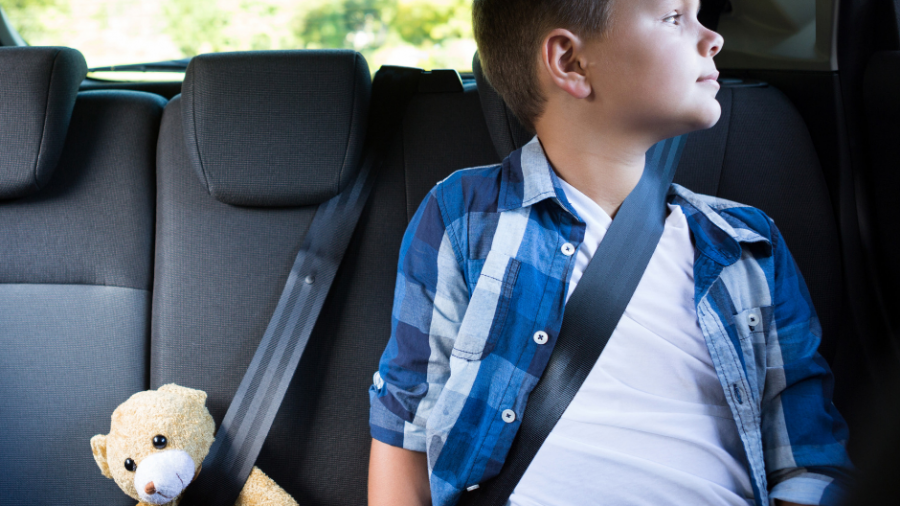In the last year, 367 people have died on our roads, 9% less than the previous year (May figures). During 2018, 11,180 were seriously injured, 9.4% less than the previous year. This improving trend hides some crucial detail about the vulnerable people who are most likely to be killed or injured on our roads.
Who are the vulnerable people?
There are three groups of vulnerable people: children and young people, male cyclists, and older drivers.
- Road trauma is the number one killer of children under 14 and the second highest killer of young people under 24
- 20% of people injured on roads are cyclists and most cyclist deaths are men
- Older drivers make up 12% of all deaths although they are 6% of licence holders.
When we look at the detail, it is clear we could do more to protect the vulnerable.
Children and young people under 24
You might think drivers with children in the car would take fewer risks than drivers with no children. This is not so. Australian Road Safety Foundation research found having children in the car does not deter drivers from taking risks on the road.
More than half of Australian parents admit they break road laws or take risks. For example, 75% of parents with under 24-year olds regularly speed, compared to 67% without children.
At the same time, one in five parents take the same risks even when driving someone else’s children!
The good news is fewer children are being injured on bicycles. Perhaps they just don’t ride bikes anymore.
Male cyclists are in danger
One in five people are seriously hurt on our roads and paths is a cyclist, the same risk as driving a motor vehicle. Cyclists most likely to die are men or the over 45s.
Australian Institute of Health and Welfare examined injury data for cyclists from 1999-2000 to 2015-16:
- In 2015-16, 80% of those hospitalised after bicycle crashes were men
- Since 2000, a 6-fold increase in cyclists 45-64 going to hospital
- Since 2000, a 5-fold increase in cyclists over 65 going to hospital.
In the last 6 years, the rate of hospitalisation of cyclists has been 4.4% each year. At the same time, serious injuries among passengers and pedestrians have been going down.
Of course cyclists are disproportionately vulnerable people. But they may not be protecting themselves with bright clothing, or relying on distracted drivers to do the right thing. Another possibility is more older people, especially men, are regularly riding electric bikes. They may be less familiar with riding in current conditions.
Older drivers suffer
Drivers over 75 now make up 12% of road deaths, even though they are 6% of licence holders. This group has seen an increase of 5.2% over the last 5 years – more than twice the national average.
It is important to note there are also more older drivers on the road. There were 271,582 drivers aged 75-84 in 2017, compared to 224,170 drivers in 2012. This is a big 21% increase over 5 years in the number of older drivers.
NSW has the most rigorous conditions for older drivers, including a medical every year for over 75s and a practical driving assessment every 2 years for over 85s. Other states rely on families, doctors or police to assess fitness to drive. Family members may be unwilling to take away someone’s independence – or have to drive them around. (It would be interesting to explore how many people think any family member is unfit to drive, whatever their age.)
Protect the vulnerable
There are steps we can take to protect vulnerable people, such as driving more safely with children in the car or keeping a safe distance from cyclists. But in the end, driving safely means protecting everyone on the road.
How would you feel if there were drivers on the road who were taking risks with your life?


your opinion matters: